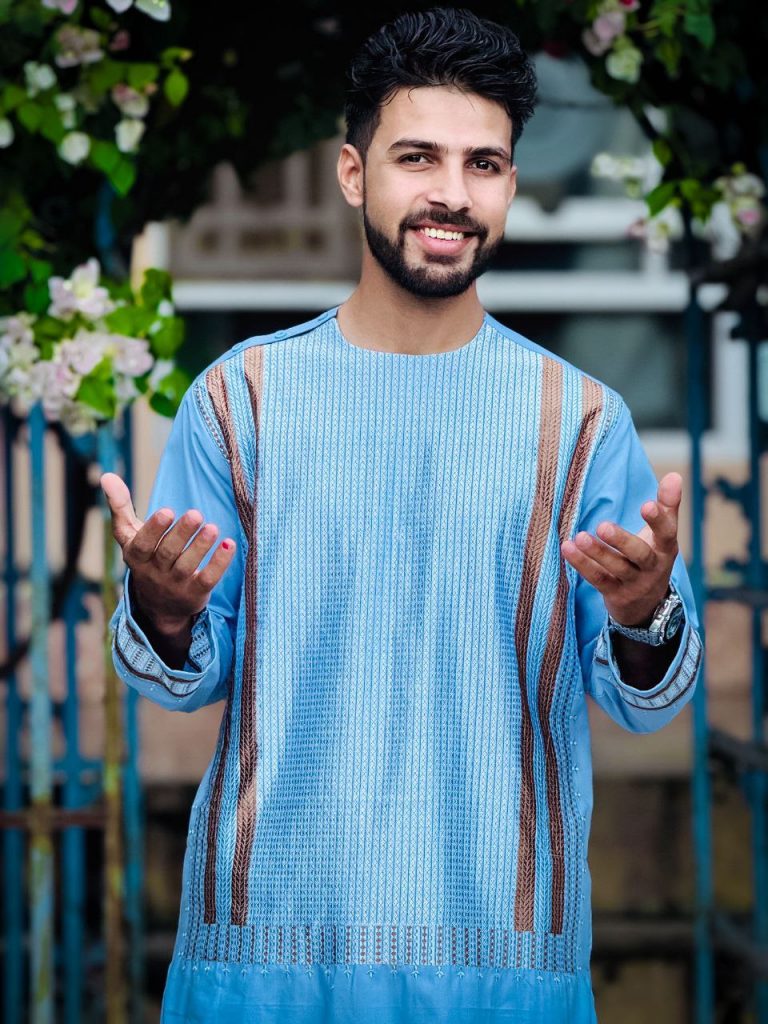Wearing pashtun traditional dress is far more than simply putting on clothes. Instead, it is a celebration of heritage, identity, and artistry that has flourished for generations. Whether you are preparing for a festival, attending a wedding, or searching for everyday elegance, understanding how to style this attire can help you honor tradition while expressing yourself. Nevertheless, in today’s market, collectors and cultural enthusiasts often face a difficult dilemma. Although many garments are available, mass-produced versions rarely deliver authenticity or the craftsmanship found in true Afghan men’s clothing.
Fortunately, with a little guidance, you can discover how genuine materials, thoughtful accessories, and careful care unite to create the perfect look. Moreover, by choosing artisan-made pieces, you not only enjoy superior quality but also help preserve the rich history of pashtun traditional dress for years to come.

The Essence of Pashtun Traditional Dress
Pashtun traditional dress is rooted in both practicality and culture. Generally, the core attire for boys and men is the perahan tunban, consisting of a long, relaxed tunic and full trousers. As a result, it ensures mobility as well as comfort, reflecting the rural and tribal roots of Pashtun society.
Key Elements
- Perahan (Tunic): Typically knee-length, this garment provides freedom of movement and breathability.
- Tunban (Trousers): Wide-legged and gathered at the waist, tunban are designed for flexibility.
- Waistcoat or Shawl: Especially for ceremonies, a waskat or woven shawl completes the look. (Our Waistcoats)
- Khamak Embroidery: Traditionally, cuffs, collars, and chest panels feature intricate, hand-stitched patterns that reveal regional pride.
Consequently, these elements create a distinct silhouette tied deeply to Afghan men’s clothing heritage.
Style Pashtun Traditional Dress for Weddings and Festivals
Whenever you dress for formal events, consider both visual appeal and cultural meaning. For instance, weddings and festivals allow for bolder colors and finer fabrics.
Tips for Special Occasions
- Choose rich fabrics like silk-blend or high-quality cotton, which feel luxurious and hold color beautifully.
- For a festive touch, select jewel tones such as emerald, burgundy, or navy.
- Additionally, pair your perahan tunban with an embroidered velvet waistcoat or a patterned shawl.
- Don’t forget to add a traditional turban (pagri) or cap (pakol) to elevate the outfit.
- Select leather sandals or handmade shoes for authenticity.
- Since comfort matters during long celebrations, ensure custom tailoring for the perfect fit.
In this way, you can confidently achieve a look that is elegant, authentic, and memorable.
Everyday Elegance in Pashtun Traditional Dress
Of course, pashtun traditional dress is not reserved for formal occasions alone. As a result, you may want to adapt your outfit for everyday wear, whether you are attending community gatherings or running errands.
Strategies for Daily Style
- Opt for light, breathable fabrics such as linen or light cotton, especially in warmer months.
- Rather than bright colors or heavy embroidery, consider neutral shades with subtle accents.
- Layer with a simple waistcoat for versatility.
- Additionally, pair your tunic and trousers with modern loafers for a contemporary twist.
- Finally, keep accessories minimal to maintain comfort and functionality.
By making these choices, you blend tradition and practicality seamlessly, so you can wear your heritage with ease every day.
How to Ensure Authenticity
Like many cultural enthusiasts, you may worry about buying imitation clothing. Therefore, it is important to understand what sets genuine pashtun traditional dress apart from copies.
Authenticity Checklist
- Inspect the embroidery closely; real khamak features raised, geometric patterns and neatly finished reverse sides.
- Check the fiber content for natural materials, which feel soft yet durable.
- Look for provenance; reputable sellers or brands should provide information about the artisan, region, or fabric source.
- If possible, support artisans or workshops that share details about their process, as this guarantees cultural preservation.
- For added peace of mind, review care instructions specific to handmade clothing.
Meanwhile, whenever you choose authentic garments, you help maintain living traditions while investing in lasting quality.
Why Choose Our Handcrafted Pashtun Traditional Dress?
Our Pashtun clothes are handcrafted in Afghanistan by skilled artisans who specialize in khamak embroidery and the finest regional techniques. Consequently, each piece represents both beauty and heritage, offering cultural enthusiasts and collectors a true connection to Afghan men’s clothing. Moreover, custom sizing and ethical practices mean every garment is made with care and respect for tradition.
Conclusion
Styling pashtun traditional dress thoughtfully allows you to celebrate culture at every occasion, from the grandest wedding to simple, everyday moments. By prioritizing authenticity, investing in careful styling, and supporting artisans, you ensure these garments remain a vibrant and meaningful part of Afghan heritage. Now is the perfect time to explore, wear, and cherish the legacy of Afghan men’s clothing—one handcrafted piece at a time.